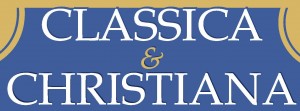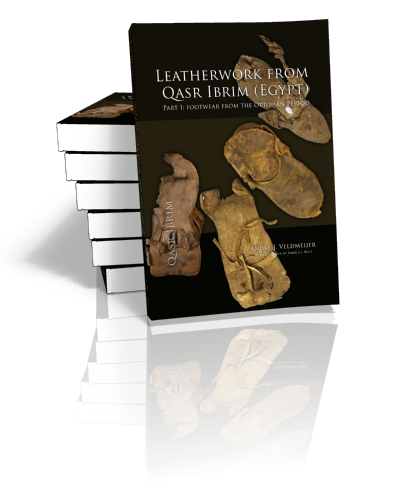Art & Architecture Thesaurus Now Available as Linked Open DataFirst of the Getty Research Institute’s four vocabularies released today, with more planned over coming 18 months
![Linked Open Data / Vincent van Gogh's Irises Linked Open Data / Vincent van Gogh's Irises]()
We’re delighted to announce that today, the Getty has released the Art & Architecture Thesaurus (AAT)® as Linked Open Data. The data set is available for download at vocab.getty.edu under an Open Data Commons Attribution License (ODC BY 1.0).
The Art & Architecture Thesaurus is a reference of over 250,000 terms on art and architectural history, styles, and techniques. It’s one of the Getty Research Institute’s four Getty Vocabularies, a collection of databases that serves as the premier resource for cultural heritage terms, artists’ names, and geographical information, reflecting over 30 years of collaborative scholarship. The other three Getty Vocabularies will be released as Linked Open Data over the coming 18 months. See more
First of the Getty Research Institute’s four vocabularies released today, with more planned over coming 18 months
![Linked Open Data / Vincent van Gogh's Irises Linked Open Data / Vincent van Gogh's Irises]()

We’re delighted to announce that today, the Getty has released the Art & Architecture Thesaurus (AAT)® as Linked Open Data. The data set is available for download at vocab.getty.edu under an Open Data Commons Attribution License (ODC BY 1.0).
The Art & Architecture Thesaurus is a reference of over 250,000 terms on art and architectural history, styles, and techniques. It’s one of the Getty Research Institute’s four Getty Vocabularies, a collection of databases that serves as the premier resource for cultural heritage terms, artists’ names, and geographical information, reflecting over 30 years of collaborative scholarship. The other three Getty Vocabularies will be released as Linked Open Data over the coming 18 months.
See moreThe Art & Architecture Thesaurus is a reference of over 250,000 terms on art and architectural history, styles, and techniques. It’s one of the Getty Research Institute’s four Getty Vocabularies, a collection of databases that serves as the premier resource for cultural heritage terms, artists’ names, and geographical information, reflecting over 30 years of collaborative scholarship. The other three Getty Vocabularies will be released as Linked Open Data over the coming 18 months.



























